Project S550 Mustang Part 2: GT 5.0 vs EcoBoost Ownership Impressions
Over the last several weeks I’ve been enjoying spending time behind the wheel of my newly acquired 2016 Ford Mustang GT project vehicle, but this isn’t my first experience with the S550 Mustang platform. Back in 2015 I bought a brand new silver Mustang EcoBoost which I proceeded to outfit with a number of bolt-on upgrades and quite enjoyed as both a daily driver and weekend fun car.
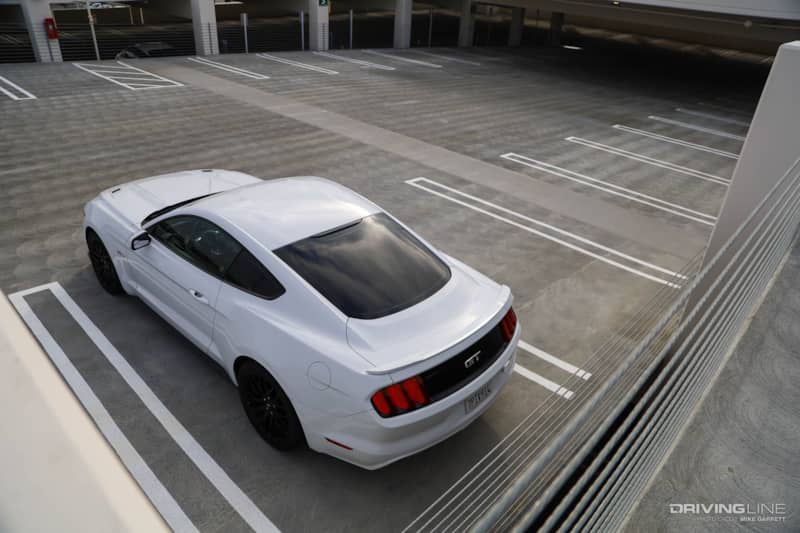
Now, having the experience of owning both the EcoBoost and the GT I thought I’d share some observations about how the two cars compare, and whether it’s worth spending the extra money for the GT and it’s V8 engine over the EcoBoosts turbocharged four cylinder. Keep in mind that both the Mustang EcoBoost and the Mustang GT have since received performance improvements from the factory, but the delta between the two is largely the same.
Power & Feel
310 vs 435. That’s the horsepower difference between the early model EcoBoost and the GT—and it’s significant. The GT undoubtedly is faster, but the biggest difference I’ve noticed isn’t so much the power that the two cars make, but the way they deliver it.

Interestingly enough it’s the opposite of the old days when the smaller displacement engines and turbo cars revved high to make their power while big V8s got by with a lot of low end torque. In this case, the EcoBoost is the one with the low and mid range punch while the V8 revs and revs.
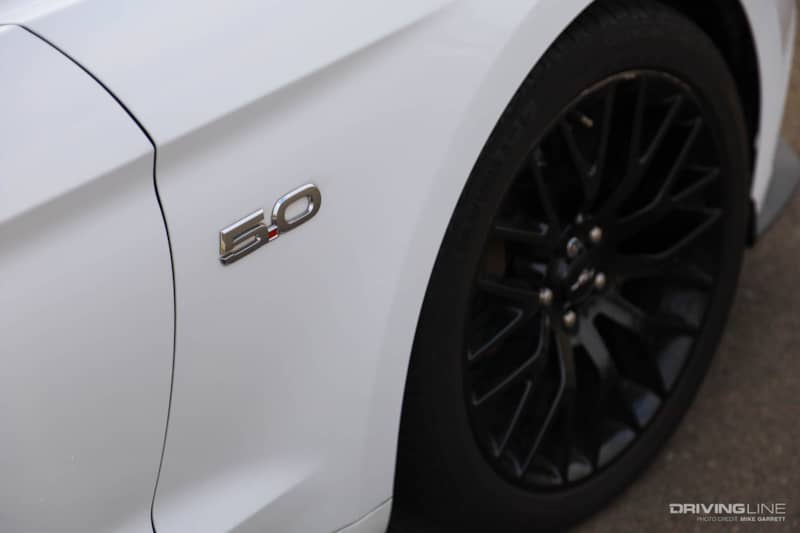
Even in stock form, the EcoBoost Mustang hits you with a pretty solid amount of low end torque that can be a lot of fun in many situations, but with a small turbocharger, the fun ends well before you hit the 2.3 liter's modest redline. In its upper RPMs, the EcoBost feels like its just making more noise but not more power.
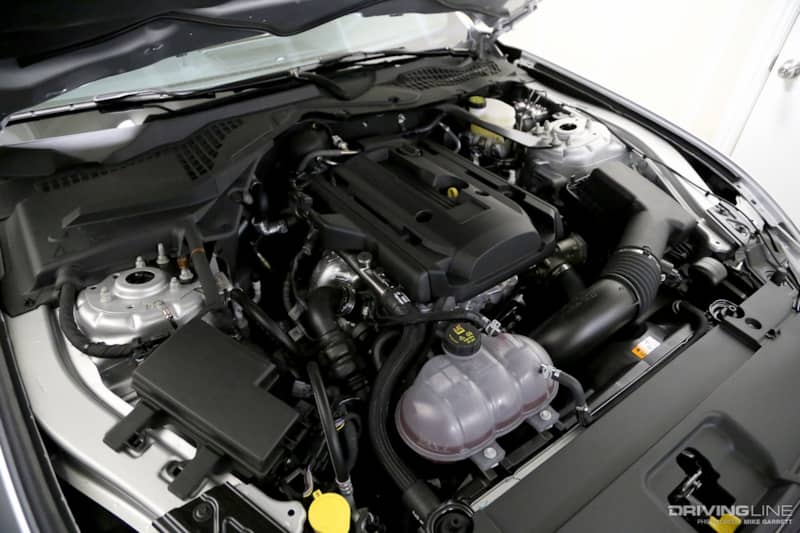
On the other hand, while the Coyote V8 is still a large displacement engine with more than enough low end grunt, it's also a free-revving gem of an engine that happily builds power up to its 7,000 RPM redline (the 2018+ models spin up even further to 7,400 RPM).
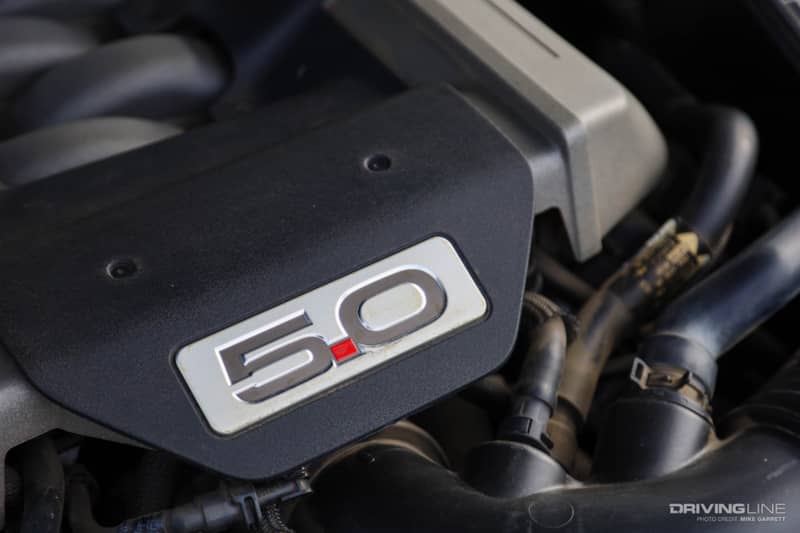
For me this has been one of most enjoyable parts of driving the Mustang GT. In a time when turbochargers are everywhere, there's something quite special about a powerful naturally aspirated engine that likes to rev. It may not be the GT350's wild Voodoo V8, but the Coyote isn't to be overlooked.
Sound
The sound that a car makes is extremely important from an enthusiast perspective, but it's also something that's highly subjective. With that said, there probably aren't many who would give the nod to the EcoBoost in the acoustics department.
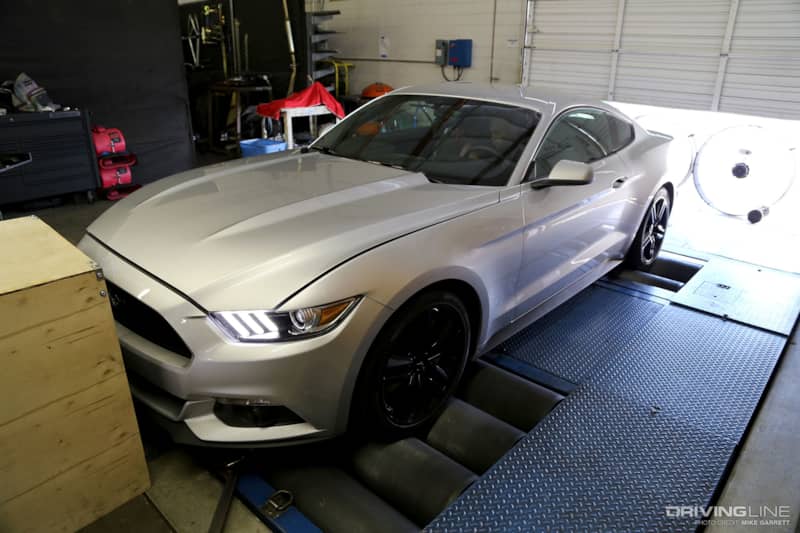
It's not that four cylinder engines can't sound good, or even that the 5.0 is an aural masterpiece, it's just that the 2.3 Mustang doesn't have a whole lot of character to it, and what little you do hear isn't very inspiring.
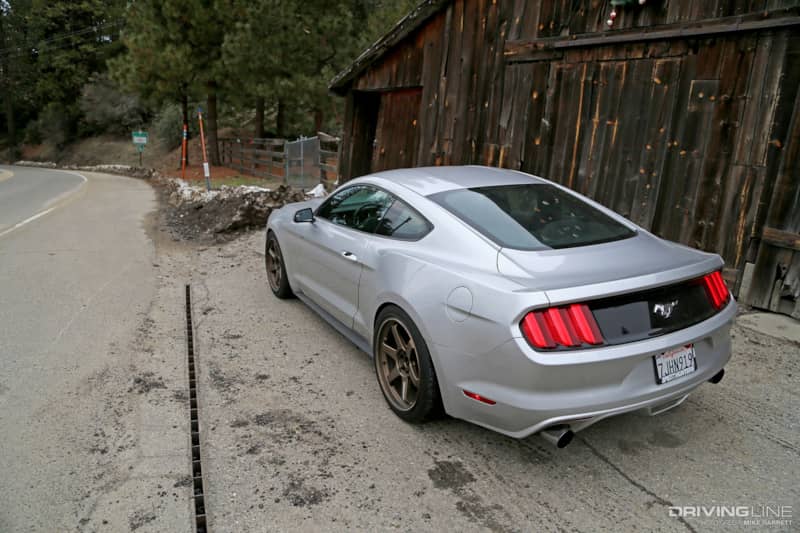
With that said though, there are plenty of ways to make the EcoBoost sound more interesting. Along with an upgraded exhaust system, my car had an aftermarket intake as well as a blow off valve and they all helped make the turbo Mustang sound more exciting. The engine itself may not sound fantastic, but hearing the turbo spool and the "psssh" when you come off the throttle is still a lot of fun.
Still, there's just no beating the sound of a V8. In stock form my 2016 GT is rather quiet, but even so it still has the kind of sound track you expect to hear from an American performance car. When combined with the responsive, free-revving nature of the 5.0 it's just fantastic.

Upgrade Potential
While it's hard to go wrong with any Mustang when it comes to potential for aftermarket upgrades, one of the biggest strong points of the EcoBoost is its ability to gain a lot of power without much work. It's one of the best things about any modern turbocharged car really.
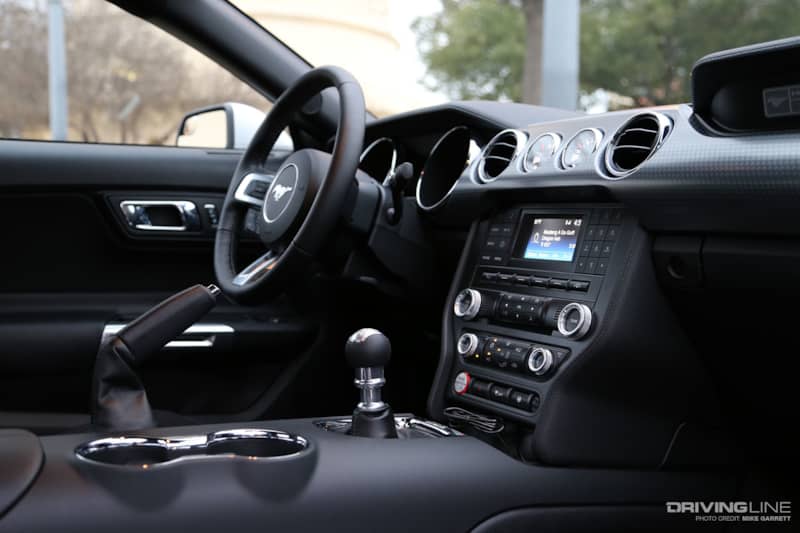
My 2015 EcoBoost had a larger intercooler, custom tune, exhaust, intake—and with the right combination of parts and a good tune it's not uncommon to find EcoBoost Mustangs making GT-like power on stock engines and even stock turbochargers. And if you want more, a larger turbo is another popular upgrade.
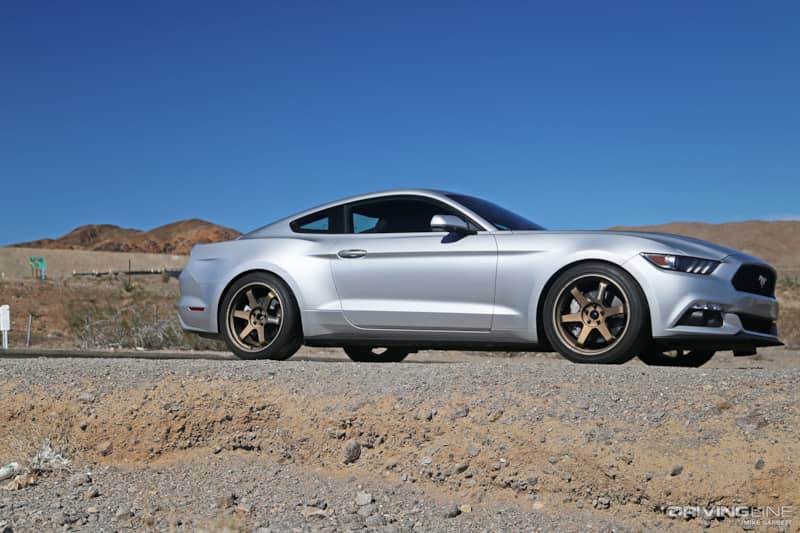
That's not to say that the 5.0 doesn't carry a significant power advantage out of the box or that it's lacking in aftermarket upgrades. If ultimate power is your goal, the V8 is the easy choice but the EcoBoost Mustang is by no means lacking in potential. If you like the underdog approach to modifying a car, the four-cylinder Mustang is a great choice.
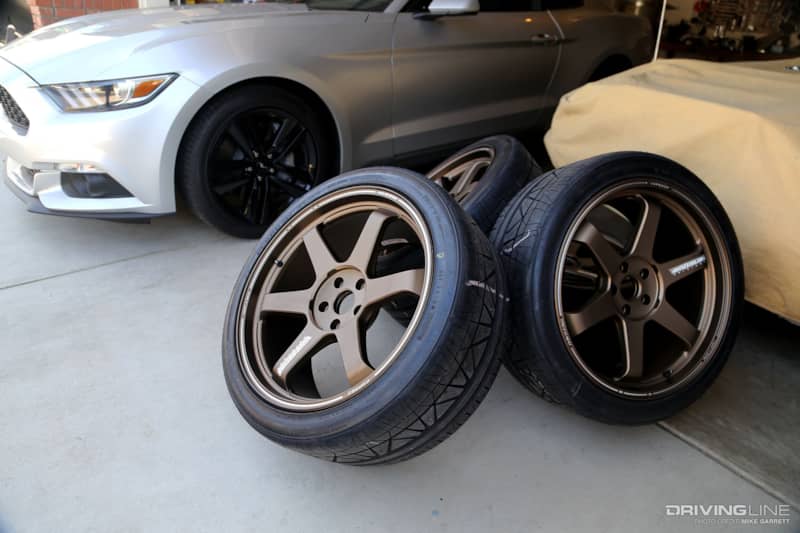
As for the rest of the car, either the GT or the EcoBoost offer a great chassis that can be further improved on the aftermarket. My old EcoBoost was fitted with adjustable coilovers as well as a set of Volk Racing TE37 Ultra wheels with Nitto INVO tires, and it was a lot fun on a twisty road. And while you'd likely need to drive the two back to back notice, the EcoBoost is lighter overall with less mass over the front end when compared to the GT.
Value
Value is one of the most important factors when comparing the Mustang EcoBoost to the Mustang GT.

Thanks to depreciation, used examples of both can be had for fractions of their original MSRP and for the 2015-2017 cars, a comparably equipped GT seems to go for between $5,000 and $8000 more than a similar EcoBoost.
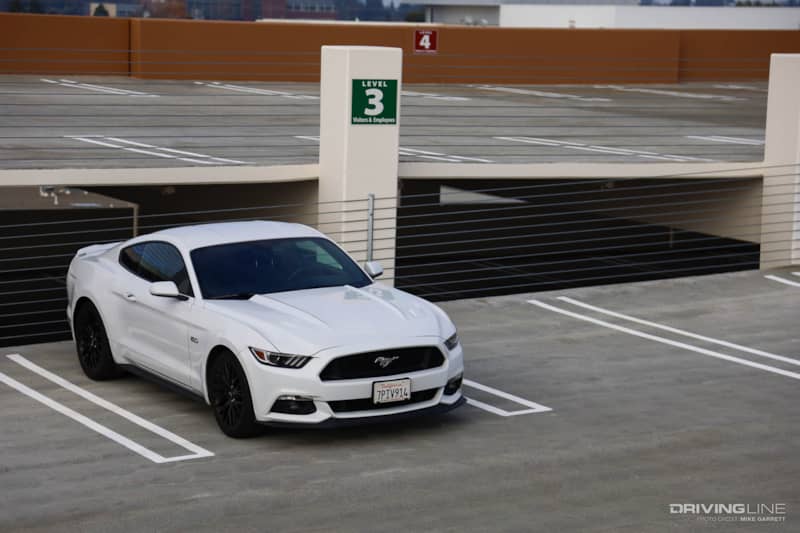
If your desire is GT levels of power, that can probably be achieved by spending the difference on modifying an EcoBoost, but the smarter financial choice would be to just start off with a GT. Not only will the work already be done for you, but it will be hard or impossible to recoup the money spent on upgrades.
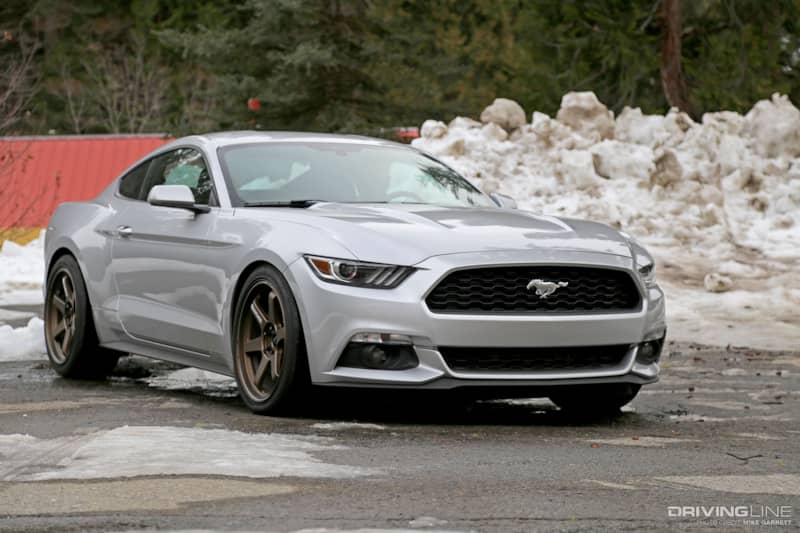
On the other hand, there's also something cool about taking the less-traveled route. And while I overall prefer the soundtrack of my current GT to that of the EcoBoost, it was a lot of fun watching people look over when they heard four-cylinder turbo sounds coming from a Mustang.

It should be said that both my EcoBoost and now my GT were base model cars equipped with six-speed manuals and their respective performance package. And no matter which of the two you are considering I'd recommend finding a PP-equipped car as they bring a lot of worthwhile upgrades for not a lot of extra money. This is especially true if you are planning to hit some track days at some point.
Verdict
Ultimately, whether it's new or used, the choice between a Mustang GT and Mustang EcoBoost is going to come down to your budget and your personal preference. If outright speed is your goal, the GT is the easy choice as it offers more performance out of the box along with the potential to truly go wild.
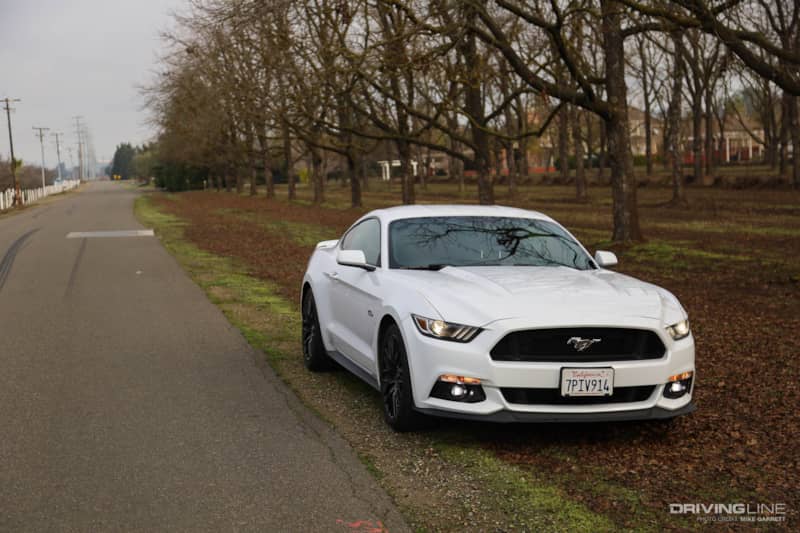
However if you just dig the modern Mustang and want a car that delivers a lot bang for the buck the EcoBoost is a great choice. Thanks to its lighter weight and lower initial cost it's also a good choice for autocross or even HPDE events—although a GT can also excel at those things as well.

In the end the biggest decision may be whether you can accept an American pony car that doesn't have a V8 engine up front. On paper the EcoBoost certainly delivers, and I still love its low cost and unconventional take on the pony car formula, but there's no denying the extra fun factor and added character of the Mustang GT.
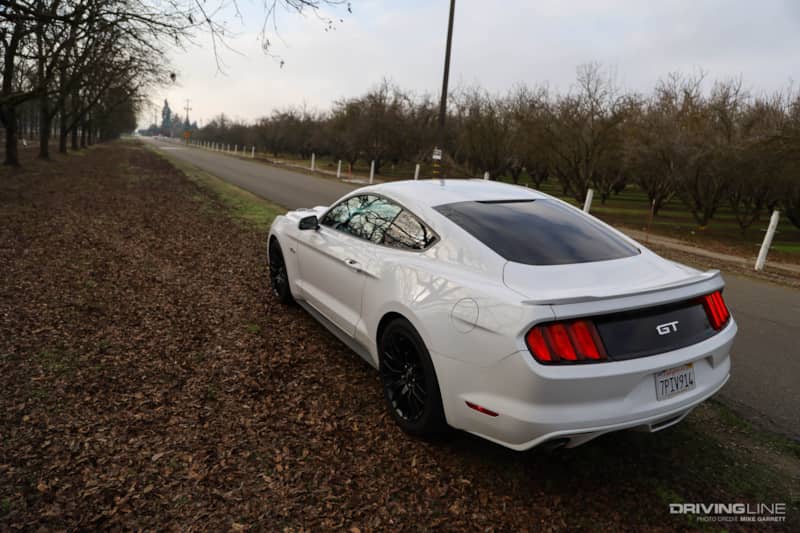
After my personal experience if you can swing it I'd say go with the V8. There aren't many who regret spending extra for the GT over the EcoBoost and we also don't know how long affordable V8 performance cars will be around, so now is a great time to pick one up.
On the other hand, it's hard to wrong with any variant of the S550 platform and from the bargain-priced V6 and EcoBoost cars all the way up the Shelby GT500 it's surely one of the greatest modern performance car platforms around.
For more on the EcoBoost engine family, you can check out our look at the complete lineup including the 2.3 liter Mustang right here.







